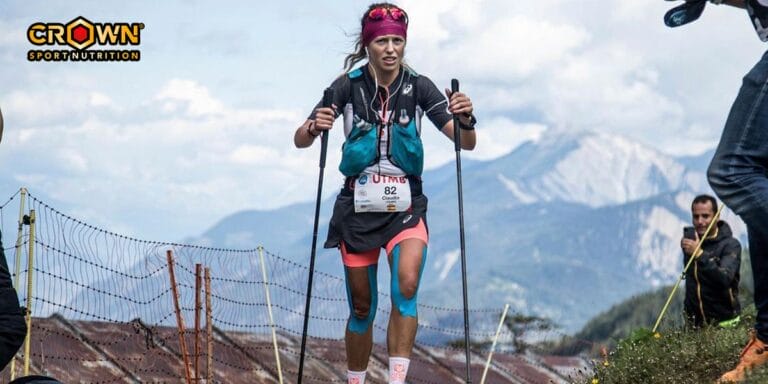Altitude training (or training in hypobaric hypoxia, that is, with an artificial hypoxia generator) is one of the most popular ergogenic methods among elite athletes. This type of training stimulates the production of erythropoietin, a hormone that promotes the creation of new red blood cells with subsequent increases in oxygen transport, which eventually results in an enhancement of exercise performance.
However, these training methods are not feasible for all athletes, especially for amateur ones. For this reason, new tools that aim to simulate the altitude-induced hypoxia have emerged in recent years, such as the so-called ‘altitude masks’. These masks, which hinder airflow by means of adjustable valves, are now common in both resistance and endurance athletes. A study (Porcari, 2016) assessed the effectiveness of this type of masks in a group of athletes who performed HIIT sessions (2 sessions/week, ten 30-second sets of high-intensity exercise during each session) either with the mask or without it for 6 weeks. Results showed that the group that trained with the mask perceived more fatigue during the training sessions than the control group. Moreover, arterial oxygen saturation was lower in the group that trained with the mask (although only 2% lower), but no differences were observed in lactate levels. However, the most important fact was that, after the 6-week intervention period, no between-group differences were observed for hematological variables (e.g., hematocrit or hemoglobin) or pulmonary capacity. Moreover, both groups similarly improved their maximal aerobic power and maximal oxygen consumption, although it must be noted that only the group that trained with the mask improved performance at the ventilatory threshold.
On the contrary, no between-group differences were observed in maximum oxygen consumption or pulmonary variables in a similar study (Biggs, 2017) in which participants trained HIIT (in this case 90-second sets at 80% of maximum heart rate) with or without the mask for 6 weeks. Another study (Sellers, 2016) also assessed the effects of the training mask, but in this case during resistance training circuits and high-intensity running performed 4 days per week during 6 weeks. No differences were observed in this study in anaerobic (Wingate test) or aerobic performance (maximal oxygen comsumption) between those participants who trained with the mask or without it. Moreover, other authors have observed that training with these masks during resistance training sessions can acutely hinder performance (decreased number of repetitions or velocity) (Andre, 2018; Jagim, 2018), which might attenuate training-induced adaptations in the long-term.
In summary, the benefits -if any- of the so-called altitude masks are yet unclear, and apparently lower than those induced by altitude training. More research is warranted to confirm some of the preliminary effects reported on performance, but there is currently not sufficient evidence to support the use of this tool.
References
Porcari, J. P. et al (2016) Effect of Wearing the Elevation Training Mask on Aerobic Capacity, Lung Function, and Hematological Variables. Journal of Sports Science and Medicine, 15: 379-389.
Sellers, J. H. et al (2016) Efficacy of a ventilatory training mask to improve anaerobic and aerobic capacity in reserve officers’ training corps cadets. Journal of strength and conditioning research, 30: 1155-1160.
Andre, T. L. et al (2018) Restrictive Breathing Mask Reduces Repetitions to Failure During a Session of Lower-Body Resistance Exercise. Journal of strength and conditioning research. In press
Jagim, A. R. et al (2018) The Acute Effects of the Elevation Training Mask on Strength Performance in Recreational Weightlifters. Journal of strength and conditioning research. In press.




